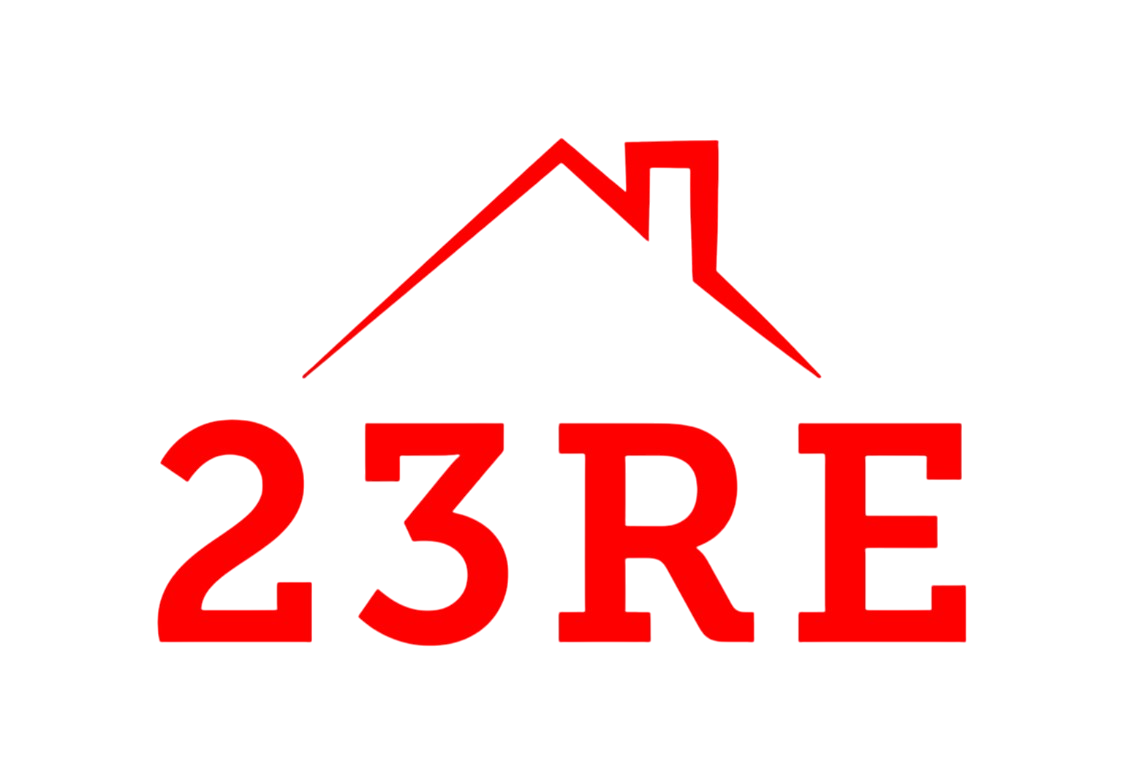Tips to Stop Foreclosure
- Contact your lender as soon as possible
- Research solutions such as loan modifications, reinstating your loan, forbearance and other options that might be available to you
- Reach out to government agencies such as HUD, FHA or Veterans Affairs
How We Can Help
- Buy your house with a fast hassle-free cash offer
- Pay off your back payments and take over your loan
- We pay to rehab your property and split the profits
Foreclosure Facts & Frequently Asked Questions
What is a foreclosure
According to Fannie Mae: If a homeowner does not make required payments or violates the terms of their mortgage, foreclosure is the legal process where a mortgage company takes ownership of the home. The homeowner loses the home, and may lose the equity they have established.
The specific process and timing will vary. Generally, a mortgage company can prepare a default notice as early as 60 days after the first missed payment.
What are judicial and non-judicial foreclosures
According to Fannie Mae: A judicial foreclosure one that is supervised by a court and involves formal legal proceedings. The homeowner is served with a legal notice, and the court — or, in some cases, the sheriff — will approve the foreclosure date and sale. Foreclosures that are not court-supervised are considered nonjudicial.
What are the consequences of foreclosures
- According to Fannie Mae: Foreclosure can have long-lasting financial effects, including:
-
- Limited mortgage access.You may have to wait at least seven years to get another mortgage.
- Ongoing financial responsibility.You may still have to pay off the remaining amount due on your loan after the foreclosure sale.
- Fewer options.You may no longer have access to resources that pre-foreclosure homeowners have, like relocation assistance and leasing opportunities.
- Loss of home.You will lose your home and may lose the equity you have established.
- Credit damage. There will be a negative impact to your credit, making it harder to qualify for loans, credit cards, and even future employment.
What is a Notice of Default
A Notice of Default (NOD) is a formal public document filed by a lender when a borrower falls behind on their mortgage payments. It serves as the first step in the foreclosure process, notifying the borrower that they are in default and outlining the steps required to avoid losing their property.
- It is typically filed after the borrower misses 3-6 months of payments (timeframes vary by state and lender).
- The NOD includes details about the overdue amount, payment deadlines, and the legal consequences of continued non-payment.
- Borrowers usually have a specific period (the cure period) to bring their payments current and avoid further foreclosure proceedings.
The filing of a Notice of Default is a serious matter but doesn’t immediately mean foreclosure is inevitable. Options like loan modifications, repayment plans, or selling the property can often resolve the situation.
What is a Notice of Trustee Sale
A Notice of Trustee’s Sale (NOTS) is a legal document issued by a lender when a borrower fails to cure a default on their mortgage during the pre-foreclosure period. It signifies that the property will be sold at a public auction to recover the unpaid loan amount.
- The notice includes the date, time, and location of the auction, as well as the property description and outstanding debt amount.
- It is typically filed by the trustee (a neutral third party) and is recorded with the county recorder’s office.
- Borrowers can still prevent the sale by paying the full default amount (including fees) before the auction.
A Notice of Trustee’s Sale is one of the final steps in the foreclosure process, signaling that the lender is moving to repossess and sell the property.
What is the Loss Mitigation Department
A Loss Mitigation Department is a specialized team within a mortgage lender or servicer that helps borrowers who are struggling to make payments avoid foreclosure. Their primary goal is to minimize financial losses for both the lender and the borrower by finding alternative solutions to resolve the delinquency.
Key Services:
- Loan Modifications: Adjusting loan terms to make payments more affordable.
- Repayment Plans: Arranging structured plans to catch up on missed payments.
- Forbearance Agreements: Temporarily suspending or reducing payments.
- Short Sales or Deeds in Lieu of Foreclosure: Facilitating alternatives if the borrower cannot keep the property.
The Loss Mitigation Department works directly with borrowers to review their financial situation and determine the best course of action to resolve the default.
